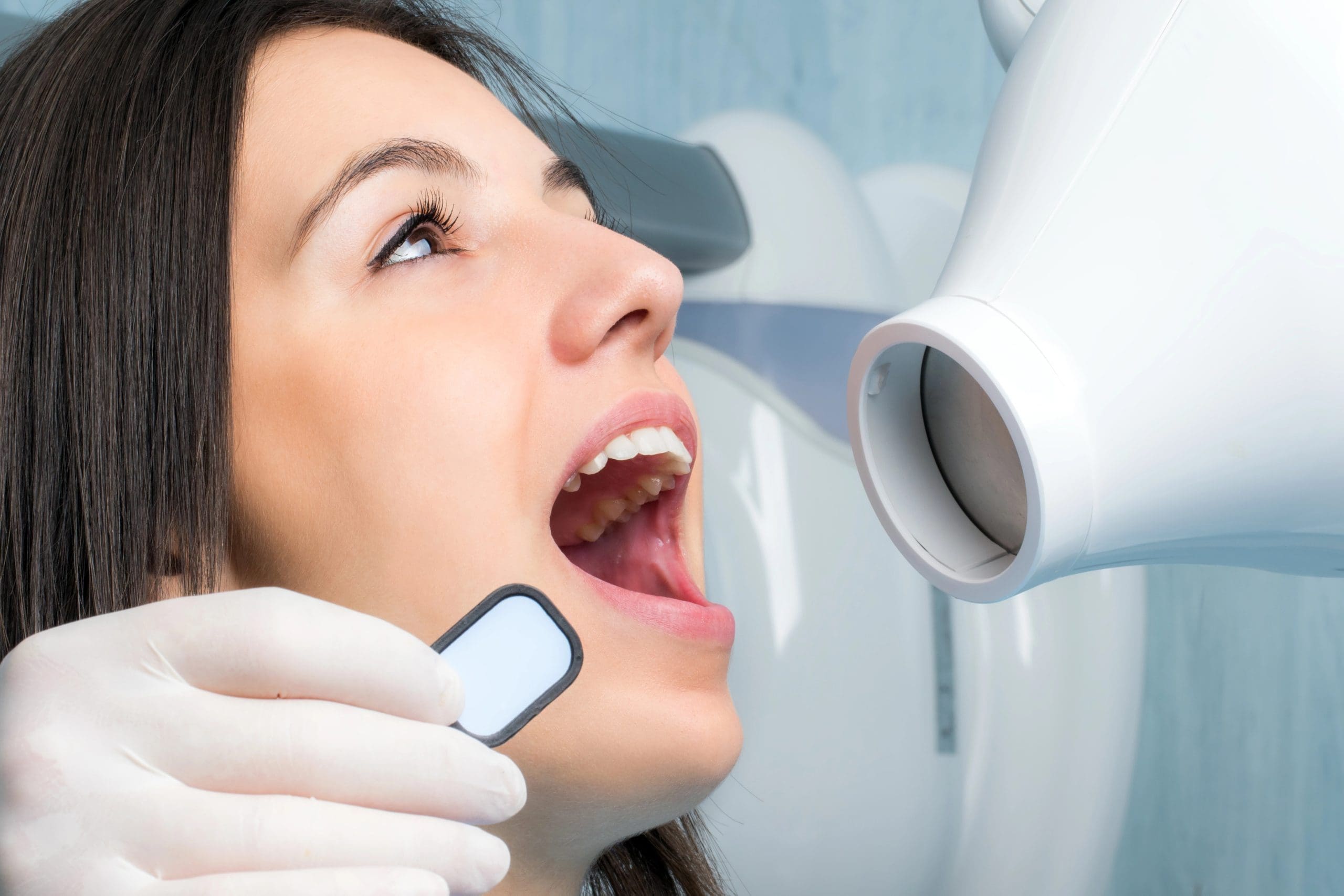Are you wondering what to expect from digital dental X-rays? This type of imaging is a modern tool used by dentists to get a clearer view of your teeth and gums, helping them assess your oral health effectively. Digital dental X-rays are quick and generally involve less exposure to radiation compared to traditional methods.
Digital Dental X-rays: Overview
Digital dental X-rays are a modern tool used extensively in dentistry to provide a detailed view of a patient’s teeth, gums, and oral structures. This technology allows dentists to diagnose problems that are not visible during a regular dental examination, such as early-stage tooth decay, gum disease, and other oral health issues. Digital dental X-rays are known for their efficiency and safety; they require significantly less radiation exposure compared to traditional film X-rays, making them a safer choice for patients and a more environmentally friendly option.
The process of getting digital dental X-rays is quick and comfortable. Patients will be asked to bite down on a special piece of equipment while the X-ray machine captures images of specific sections of their mouth. The images are instantly available for review, which means any potential issues can be addressed promptly. This immediacy not only enhances the effectiveness of diagnostic procedures but also contributes to a more streamlined dental visit. For more information on the costs associated with this procedure, visit Dental X-rays cost: What to Know.
Common Uses for Digital X-rays
Digital dental X-rays are a fundamental tool in modern dentistry, providing dentists with invaluable insights into the health and condition of a patient’s teeth, gums, and jawbone. These high-resolution images allow for a clearer and more detailed view than traditional X-rays, making them essential in diagnosing various dental issues. Commonly, digital dental X-rays are used to identify cavities, monitor tooth growth and development, and assess the health of the bone around the teeth. They are also crucial in planning orthodontic treatments and other dental procedures that require precise alignment and placement.
The versatility and efficiency of digital dental X-rays make them an indispensable part of dental diagnostics. By allowing for immediate viewing and easy sharing among dental professionals, they facilitate a more coordinated and effective approach to dental care. For those seeking Digital X-ray solutions in Fort Worth, understanding the common uses of these tools can help in appreciating their importance in maintaining oral health.
Safety Measures During X-ray Procedures
When undergoing digital dental X-rays, various safety measures are implemented to ensure the well-being of patients. These procedures are designed to minimize exposure to radiation, utilizing the latest technology to enhance safety. The settings and protocols used during digital dental X-rays are carefully regulated to adhere to health and safety standards, providing reassurance about the safety of these diagnostic tools.
Differences Between Digital and Traditional X-rays
Digital dental X-rays and traditional X-rays serve the same fundamental purpose of examining dental health, but they differ significantly in their approach and technology. Traditional X-rays use film to capture images, which then require chemical processing to develop, often taking longer to view results. In contrast, digital dental X-rays capture images electronically and display them on a computer screen almost instantly. This digital process reduces the amount of radiation exposure to patients, as digital systems typically use up to 90% less radiation than traditional film X-rays. Additionally, digital images can be enhanced and easily shared, improving communication between dental professionals. For those seeking dental services, Mira Vista Dental Associates offers a comfortable environment where you can learn more about the benefits of Fort Worth Dentist.
Preparing for a Digital Dental X-ray
When scheduling an appointment that includes digital dental X-rays, individuals can generally expect a straightforward process. Digital dental X-rays are a modern tool used in dental diagnostics that provide detailed images of teeth, gums, and other oral structures. This technology assists in identifying issues that may not be visible during a regular dental examination. The procedure is typically quick and involves minimal preparation from the patient, making it an efficient option for both dentists and patients seeking to maintain optimal oral health.
What Happens During the X-ray Process
When you undergo digital dental X-rays, the process is quick and straightforward, ensuring minimal discomfort. Initially, you’ll be asked to sit on a chair and wear a lead apron to protect against radiation. The dental technician will then position a small, flat sensor in your mouth, which captures the X-ray images of your teeth. This sensor is connected to a computer that immediately processes the images. Throughout the procedure, you might be asked to bite down on a piece of plastic to help align the teeth properly for clear images. The entire process typically takes only a few minutes, after which your dentist will have a detailed view of your dental structure, aiding in accurate diagnosis and treatment planning.
Interpreting Digital X-ray Results
When you undergo digital dental X-rays, understanding the results is crucial for effective treatment planning. Your dentist will analyze these high-resolution images to detect any hidden issues within your teeth and jaw that aren’t visible during a regular examination. Digital dental X-rays provide a detailed view of different structures, including bones, roots, and even early signs of decay. This advanced technology allows for a more accurate diagnosis and helps in crafting a tailored treatment strategy. By reviewing these images, your dentist can explain the condition of your oral health more comprehensively and discuss the next steps in your dental care journey.
Frequency of Digital Dental X-rays
When it comes to maintaining optimal oral health, understanding the frequency of digital dental X-rays is crucial. Generally, the frequency at which you should have digital dental X-rays taken depends on your individual dental health needs. For new patients, dentists often recommend X-rays to establish a baseline of oral health. Thereafter, digital dental X-rays are typically suggested every six to twenty-four months, depending on existing dental conditions, age, risk for disease, and any signs of oral disease. Regular digital dental X-rays allow dentists to monitor your oral health closely and detect any changes early, ensuring timely and effective treatment.
Environmental Impact of Digital X-rays
Digital dental X-rays represent a significant advancement not only in dental technology but also in reducing environmental impact. Unlike traditional film-based X-rays, digital X-rays do not require chemical processing, which involves the use of harmful substances like lead and silver, which can be detrimental to the environment. By eliminating the need for these chemicals, digital dental X-rays reduce hazardous waste and decrease water pollution. Furthermore, they consume less energy since there is no need for film processing equipment, making digital dental X-rays a more sustainable and eco-friendly option in modern dentistry.
Conclusion
For more information on Digital dental X-rays, feel free to call us at 817-370-7776 or read our reviews on Google Maps.




